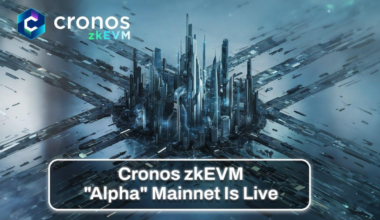Tether’s USDT stablecoin, renowned for its 1:1 peg with the US dollar, experienced a slight de-pegging on the Curve decentralized exchange on June 15, 2023.
This deviation caught the attention of DeFi traders, who swiftly recognized an enticing arbitrage opportunity. The temporary disconnection of USDT’s value from its usual parity has sparked a series of intriguing market activities and strategic moves.
USDT Liquidity and Imbalance on Curve
Liquidity pools on Curve and Uniswap found themselves flooded with USDT sellers, causing the stablecoin’s price to momentarily dip below $1.
The most significant imbalance was observed in Curve’s 3Pool, a prominent liquidity pool for USDT trading. USDT’s share in the pool surged to over 70%, indicating a trend of traders exchanging it for other stablecoins like DAI and USDC.
Aave Borrowing and Smart Trading
Responding swiftly to the de-peg, market participants turned to Aave, a top decentralized lending and borrowing protocol, to capitalize on the situation.
Borrowers quickly sold the devalued USDT for DAI or USDC on Curve’s 3Pool, leveraging the stable value of these alternative stablecoins.
Notable traders, such as czsamsun.eth and address 0xd2, embarked on substantial borrowing from Aave, utilizing Ethereum and stETH as collateral to secure substantial amounts of USDC.
Arbitrage Opportunities and Profit Potential
The de-pegging of USDT unleashed a unique opportunity for arbitrage, enabling traders to profit from price disparities across different markets.
By taking advantage of USDT’s temporarily reduced trading price and its typical 1:1 peg with the US dollar, these savvy traders aimed to generate substantial gains.
The strategy involved borrowing USDT at a discounted rate using USDC, and if USDT returns to its 1:1 peg, traders can sell it at a profit, repay the borrowed USDC, and pocket the difference.
Aave’s Adaptive Rates to Maintain Equilibrium
The surge in demand for USDT loans prompted Aave’s algorithmic model to automatically adjust lending rates, ensuring market equilibrium and responding to the changing dynamics caused by the temporary de-peg.
This mechanism provided stability and enabled borrowers to access USDT liquidity while maintaining a balanced lending ecosystem.



